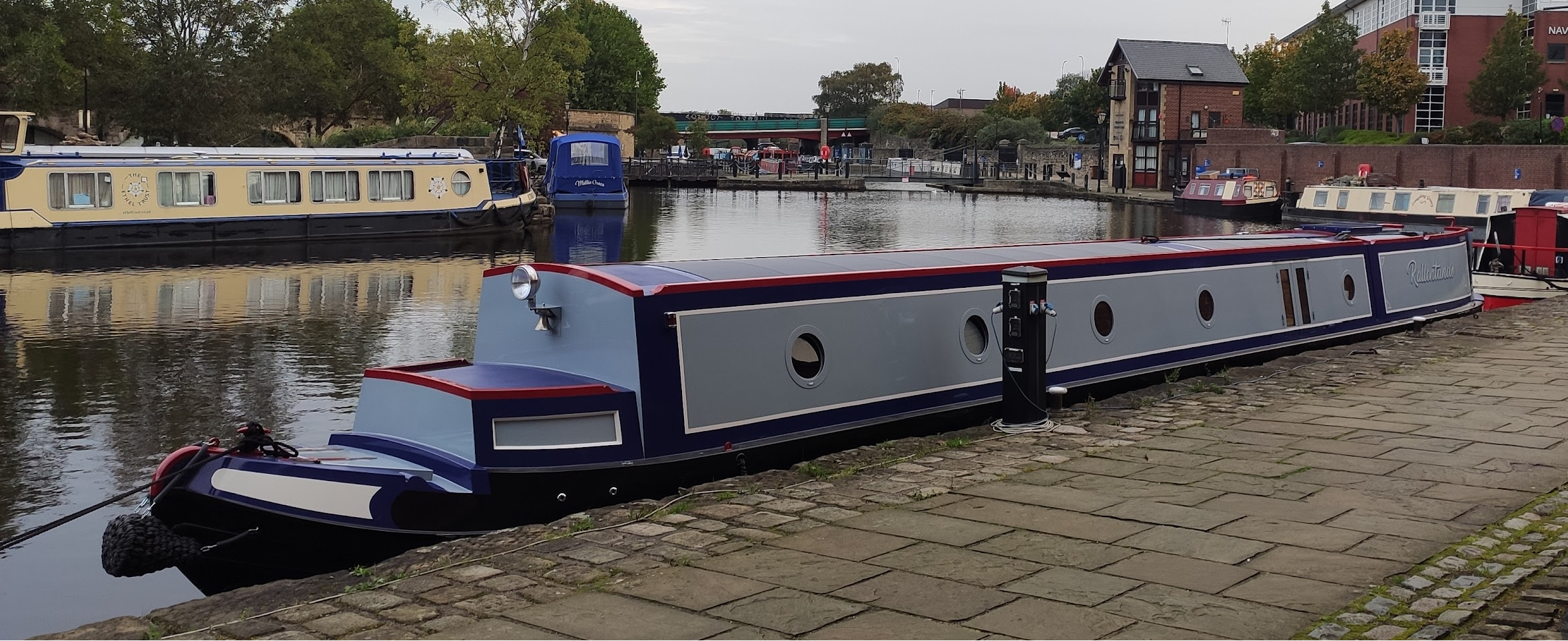You need to look at the engine (and alternator) torque/power curves -- you can't use the maximum engine power to run the alternator, because that means charging at peak power rpm (noise, wear...).
Most people with engines like the Beta charge at maybe 1200rpm when moored -- not lower because of torsional vibration problems, Beta forbid this -- at which point a Beta 43 can put out about half its maximum power (22bhp). And you need some power to drive the prop when cruising (e.g. about 4bhp at this rpm) which leaves 18bhp absolute maximum for the alternators. If these are 50% efficient (normal for automotive ones like the Iskra) this gives a maximum alternator output power limit for charging of 9bhp (less than 7kW), or about 20% of the maximum engine power...
Any narrowboat only ever uses a tiny fraction of the maximum engine power when cruising on a canal, measurements have shown that typically about 3kW/4bhp is required. Since propeller power goes up as the cube of rpm (actually, a bit faster), a Beta 43 propped to absorb 43bhp at 2800rpm (maximum power) will put 4bhp into the prop at about 1250rpm.



